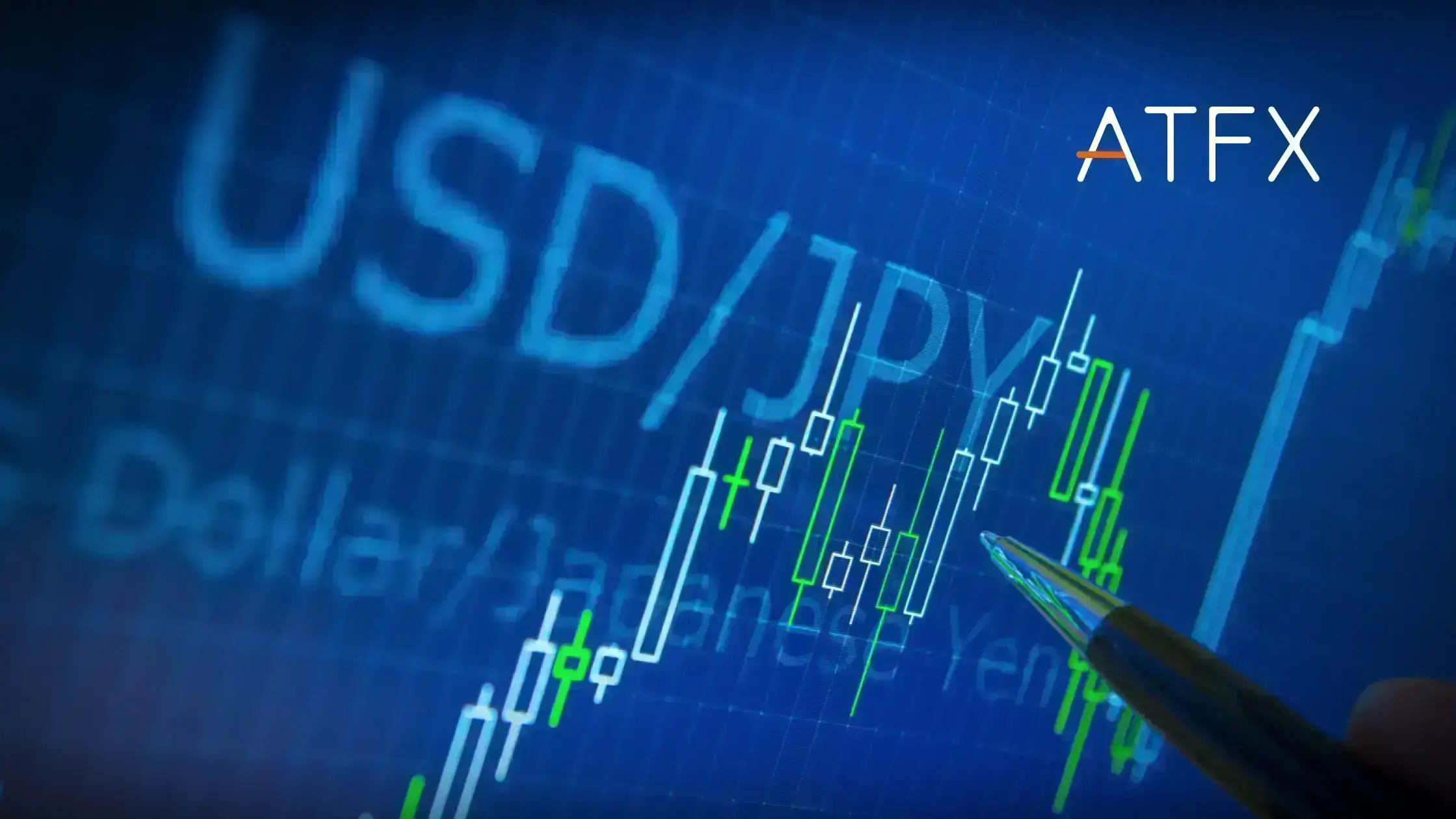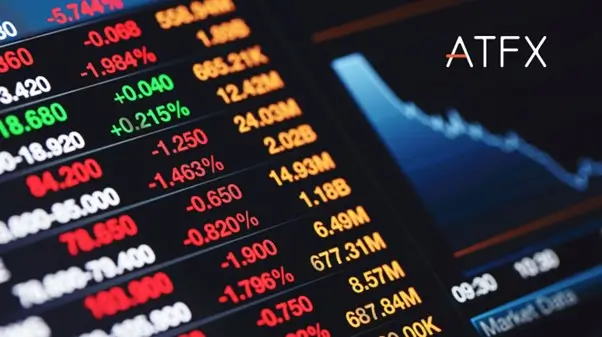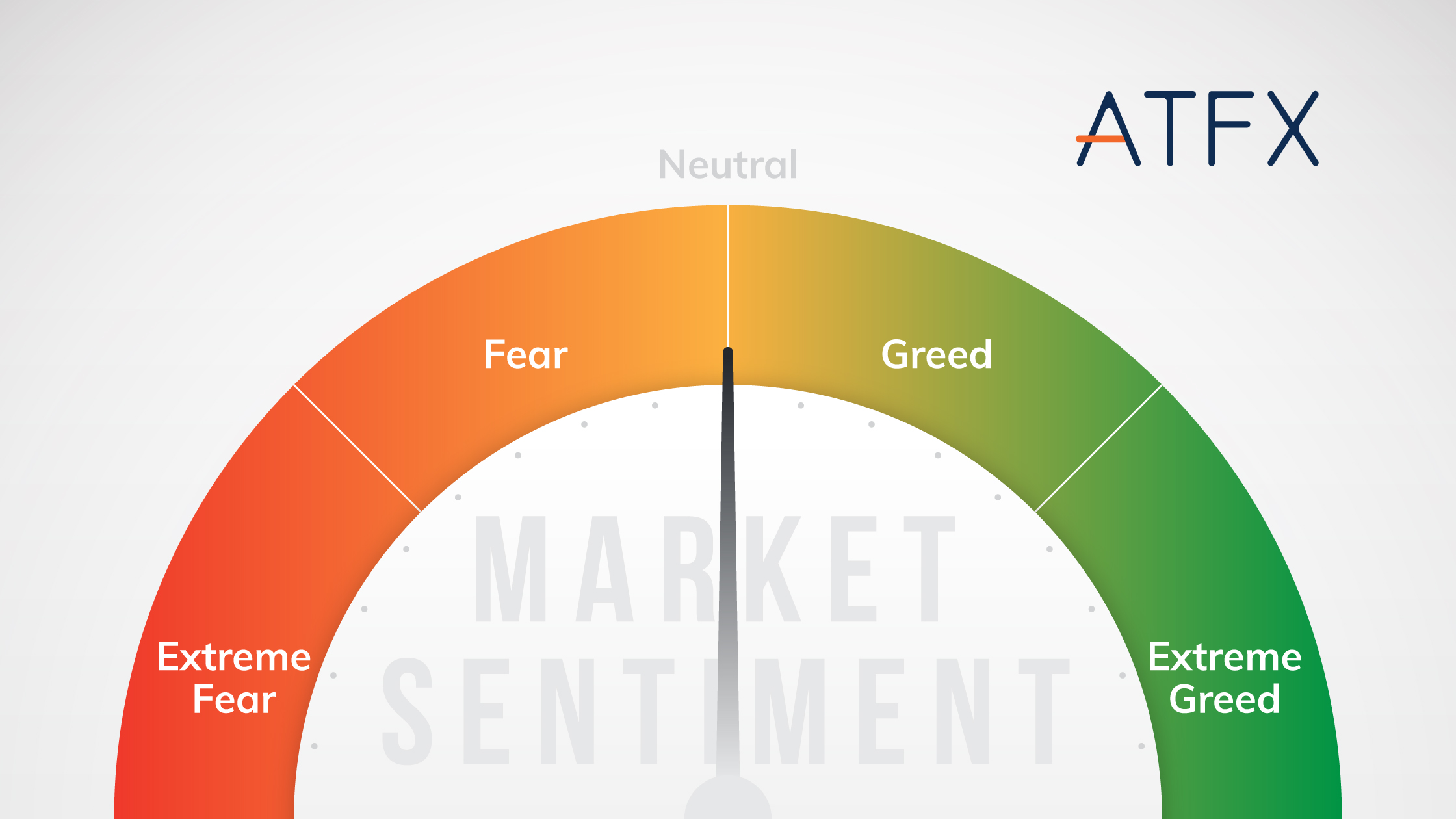What Is Online Trading For Beginners?
Online trading offers a convenient and cost-effective way to buy and sell financial assets but comes with inherent risks, including market volatility and fraud. Beginners should start by researching and selecting a reliable broker, focusing on regulatory compliance, user-friendly interfaces, and strong security measures.
Opening an online trading account is straightforward, allowing access to real-time market data and educational resources. To enhance trading skills, it’s advisable to practice with a trading simulator before investing real money.Key strategies include defining trading goals, choosing between cash and margin accounts, and utilizing various order types like market and limit orders. While online trading is characterized by lower fees and greater transparency compared to traditional methods, risks such as emotional trading and cybersecurity threats must be managed.
Online trading provides access to various instruments, including stocks, cryptocurrencies, and ETFs, making it accessible to individuals across different financial backgrounds. Continuous education and disciplined decision-making are vital for achieving success in the online trading landscape.
For beginners exploring online trading platforms, consider the following points:
Key Factors for Choosing an Online Trading Platform
| Criteria | Description |
|---|---|
| 🛡️ Regulatory Compliance | Choose brokers regulated by top-tier authorities (e.g., FCA, CYSEC) for secure, stable, and trustworthy trading. |
| 🌐 User-Friendly Interface | Opt for an intuitive and easy-to-navigate platform—essential for beginners and pros alike. |
| 📞 24/7 Customer Support | Look for platforms with round-the-clock support to answer questions and resolve issues promptly. |
| ⭐ Authentic User Reviews | Seek genuine reviews that discuss the platform’s features and usability rather than individual trading success stories. |
| 🔐 Strong Security Measures | Ensure the platform offers fraud protection and insurance, which safeguard your funds against unexpected losses. |
| 🔒 Data Encryption | Choose platforms with top-tier encryption to protect personal and financial data from cyber threats. |
| 💰 Low Fees | Find platforms that offer low or zero commissions, minimizing your costs. |
| 📊 Analytical Tools | Select platforms with advanced tools like real-time data, charting, and varied order types for effective trading. |
Thorough research is crucial in identifying a trading site aligning with these criteria. Analyze online reviews, compare different platforms, and engage with experienced traders to identify the most suitable option.
Online trading accommodates various investment durations – short-term (a few weeks), medium-term (a few months), and long-term (years). Your choice hinges on factors like available funds, risk tolerance, and financial objectives.
For instance, individuals with limited funds and a higher risk tolerance might opt for short-term trading to achieve quick gains. Conversely, those with substantial investments and a lower risk appetite could opt for long-term trading to attain gradual growth.
An online trading account simplifies securities trading for investors. It offers:
- The capability to buy and sell securities on authorized platforms.
- Real-time insights into company data and offerings.
- Order placement functionality.
- Immediate trading options.
- Access to expert market recommendations.
The process of opening an online trading account is streamlined and can be accomplished through your smartphone. By submitting requisite documents online, verification is quick, enabling you to start trading promptly. Brokerage firms also provide mobile apps that offer real-time investment access and instant support.
Online trading accounts provide an accessible and economical means to enter the stock market. This simplicity and affordability make it an attractive option for aspiring investors.
Risk Free Demo Trading Account
Learn, Practice, Trade
How to Start Trading Online
Engaging in online trading necessitates meticulous preparation and a comprehensive understanding of the process. The following is a detailed explanation of the recommended steps for beginner traders:
- Find an Online Broker: Conduct research to select an online broker that aligns with your trading requirements. Look for brokers offering low fees, user-friendly platforms, and comprehensive customer support. Compare offers and terms of service from different brokers to make an informed decision. Ensure that the chosen broker provides valuable resources to support your trading journey.
- Create and Fund Your Trading Account: Open a trading account once a broker is chosen. Decide between a cash account, where personal funds are used for trading, or a margin account, which enables borrowing from the broker using existing stocks as collateral. Regardless of the account type, providing a certain percentage of the stock’s value may be necessary.
- Decide on a Trade Strategy: Determine your trade goals and develop a strategy. Evaluate the advantages and disadvantages of various strategies, such as day trading, scalping, swing trading, or long-term investing. Seek advice from professionals or consult reliable trading resources to make well-informed decisions.
- Practise With an Online Trading Simulator: Utilise an online trading simulator to gain experience and confidence before engaging in real-money trading. These simulators replicate the stock market environment, allowing practice in buying and selling stocks without financial risk. Using a simulator, you can better understand market dynamics, technical analysis, and the consequences of your trading decisions.
- Make Your Trade: Once you feel comfortable with the trading process, begin executing trades. Start by obtaining real-time stock quotes from your broker’s platform, which displays current prices and stock availability. Choose between market orders and limit orders for your trades.
- Market Order: Executes the trade immediately at the prevailing market price.
- Limit Order: You can specify a particular price at which you wish to buy or sell a stock. The trade will only be executed if the stock reaches a better price.
- For beginners, it is generally advised to use limit orders as they provide better control and help mitigate potential losses. Furthermore, online trading platforms may offer additional order types, such as stop-loss orders, stop-limit orders, and trailing stop-loss orders:
- Stop-Loss Order: Activated when the stock price falls below a specific “stop price.” It then becomes a market order executed at the prevailing price.
- Stop-Limit Order: Combines a stop order and a limit order. When the stop price is reached, it becomes a limit order to be executed at the limit price or better. However, there is no guarantee that the limit will be matched, and the order may need to be completed.
- Trailing Stop-Loss Order: Allows you to set a maximum percentage of loss you are willing to tolerate during a trade. If the stock value moves in your favour, the stop price adjusts accordingly. However, it remains unchanged if the stock value decreases.
Following these steps and familiarising yourself with different order types, you can embark on your online trading journey with enhanced confidence and control. Remember to continually educate yourself, adapt your strategies, and stay updated with market trends to improve your trading skills over time.
Online Trading vs Offline Trading
| Feature | Online Trading | Offline Trading |
|---|---|---|
| Convenience | Trade from anywhere in the world with an internet connection. | Need to visit a broker’s office or call them to place trades. |
| Speed | Trades can be placed and executed quickly. | Trades may take longer to be placed and executed. |
| Transparency | Real-time prices and market data are available. | Real-time prices and market data may not be available. |
| Fees | Lower fees than traditional brokers. | Higher fees than online brokers. |
| Education | Many online brokers offer educational resources. | Fewer educational resources available. |
| Personalization | Less personalized service than offline brokers. | More personalized service than online brokers. |
| Control | Less control over trades than offline brokers. | More control over trades than online brokers. |
| Understanding of the market | Less access to research and analysis than offline brokers. | More access to research and analysis than online brokers. |
Advantages of Online Trading
- Convenience: Online trading can be conducted anywhere in the world with an internet connection. This means traders can trade from their homes, offices, or even on the go.
- Affordability: Traders can open a brokerage account with a small deposit, so they only need a little money to start.
- Choice: There are many different brokers, so traders can find one that offers the best rates and services for their needs.
- Transparency: Traders can see real-time market data and track their trades, which gives them more control over their investments.
Disadvantages of Online Trading
- Volatility: The market is volatile, meaning prices can go up and down quickly. This means that traders could lose money if the market moves against them.
- Scams: There are many scams, so it is important to research and only trade with reputable brokers.
- Emotional Trading: It is easy to make emotional decisions when trading, which can lead to losses. It is important to stay calm and make rational decisions.
- Addiction: Online trading can be addictive, so it is important to set limits and not trade more than you can afford to lose.
Remember that there is no guarantee of success in online trading. Even if you do your research and make informed decisions, there is always the possibility of losing money. Therefore, it is important to only invest what you can afford to lose.
If you are new to online trading, it is a good idea to start with a small amount of money and learn the ropes before investing more. There are many resources available online and through your broker that can help you learn about online trading.
Once you have a better understanding of online trading, you can start to develop a strategy that meets your individual goals. There is no one-size-fits-all approach to online trading. What works for one person may not work for another. Therefore, experiment and find what works best for you.
A variety of financial assets can be traded online, including stocks, cryptocurrencies, exchange-traded funds (ETFs), bonds, and other commodities.
Practice with Metatrader 4 Demo Account
Be Ready To Trade Live
Online Trading Instruments
Stocks
Stocks represent ownership in a company. When you buy stocks, you become a part-owner of that company. The value of stocks can be influenced by various factors, including company performance, industry trends, and market sentiment.
Cryptocurrencies
Cryptocurrencies are digital currencies that use cryptography for security. Bitcoin, Ethereum, and Litecoin are some of the most popular cryptocurrencies. Cryptocurrency values can be highly volatile and are influenced by factors such as adoption, technological developments, and regulatory changes.
Exchange-Traded Funds (ETFs)
ETFs are baskets of stocks or other assets that are traded on an exchange like stocks. They provide investors with diversified exposure to various markets or sectors. The value of ETFs can be influenced by the performance of the underlying assets they hold.
Bonds
Bonds are loans that you make to a company or government. When you buy a bond, you are lending money to that entity, and they agree to pay you back with interest. Bond prices can be affected by interest rates, credit ratings, and economic conditions.
Commodities
Commodities are raw materials like oil, gold, and silver. You can trade these commodities on futures exchanges. The prices of commodities can be influenced by supply and demand dynamics, geopolitical events, and macroeconomic trends.
It is important to note that trading financial assets is a risky endeavour and you could lose money. It is important to do your research and understand the risks involved before you start trading.
Overall, online trading is a more convenient, faster, and cheaper way to trade securities than offline trading. It is also a more transparent and educational experience.
Here are some of the risks you should be aware of:
- Volatility: The stock market is volatile, and stock prices can fluctuate wildly. This means you could lose a lot of money quickly. For example, in 2020, the stock market lost nearly 30% of its value in the first quarter, but then recovered to reach record highs by the end of the year.
- Fraud: There are many scams and fraudulent activities associated with online trading. Be careful who you invest with. Some common scams include pump-and-dump schemes, where scammers artificially inflate the price of a stock and then sell their shares at a profit, and phishing attacks, where scammers try to steal your personal information in order to access your online accounts.
- Lack of knowledge: You need to understand the stock market and trading principles before you start investing. Otherwise, you’re likely to lose money. There are many resources available to help you learn about investing, such as online courses, books, and articles.
- Leverage and margin trading: These can amplify your profits, but they can also amplify your losses. Leverage is a loan that allows you to buy more shares than you could afford with your own money. Margin trading is similar to leverage, but it allows you to borrow money from your broker to buy shares.
- Cybersecurity threats: Online trading involves sharing personal and financial information over the internet. This makes you vulnerable to hackers and identity thieves. Be sure to use strong passwords and two-factor authentication to protect your accounts.
- Emotional bias: Your emotions can affect your trading decisions. Be careful not to let fear, greed, or overconfidence lead you to make bad decisions. It is important to have a plan and stick to it, even when the market is volatile.
- Lack of regulation: Some online trading platforms are not regulated. This means there is less protection for investors. Be sure to do your research and only invest with reputable companies.
Online trading can be a risky undertaking, but it can also be a rewarding one for well-informed and disciplined investors.
To mitigate the risks, individuals interested in online trading should:
- Prioritise education and continuously learn about the financial markets.
- Start with small investments and avoid leveraging excessively until they gain sufficient experience and confidence.
- Choose reputable and regulated trading platforms.
- Be aware of the potential for fraud and scams.
- Practice risk management by setting stop-loss orders and taking profits when appropriate.
- Make informed decisions based on research and analysis.
Factors To Consider When Choosing Investments
- Your level of experience as an investor. If you are a beginner, you may want to start with a smaller amount of money and invest in more stable assets. As you gain experience, you can gradually increase the amount of money you invest and invest in riskier assets.
- The amount of money you are investing. If you are investing a small amount of money, you may want to choose investments that are more likely to generate a profit, even if the potential return is lower. If you are investing a large amount of money, you may be able to afford to take on more risk in order to potentially earn a higher return.
- Your trading style. If you are a long-term investor, you may want to invest in assets that are likely to appreciate in value over time. If you are a short-term trader, you may want to invest in assets that are more volatile and can be bought and sold quickly.
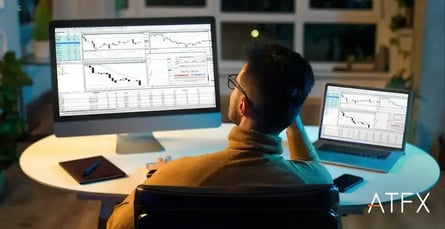
Online trading allows you to buy and sell securities from the comfort of your own home without the need for a broker. This has made investing in the stock market more accessible to people of all income levels.
To get started with online trading, you need to open an account with a brokerage firm. There are many different brokerage firms to choose from, so it’s important to compare their fees and services before opening an account. Some of the factors you should consider when choosing a brokerage firm include:
- Fees: Brokerage firms charge fees for their services, so it’s important to compare the fees of different firms before opening an account.
- Services: Brokerage firms offer different services, so it’s important to choose a firm that offers the services you need.
- Reputation: It’s important to choose a brokerage firm with a good reputation. You can research the reputation of a firm by reading online reviews and talking to other investors.
Once you have opened an account, you can start trading stocks, bonds, and other securities. You can also trade forex currencies, futures, and options. If you’re new to investing, it’s a good idea to talk to a financial advisor before you start trading online.
- Conduct thorough research before you start trading. This includes understanding the different types of investments, the risks involved, and the fees charged by brokers.
- Only invest money that you can afford to lose. There is always the possibility of losing money when trading.
- Diversify your portfolio by investing in a variety of different assets to reduce your risk.
- Monitor your investments regularly to identify any problems early on.
- Be patient and do not try to time the market. It is very difficult to buy or sell at the perfect time.
- Do not panic if the market goes down. The market will go up and down over time.
- Do not chase losses by trying to make up for lost money by investing in riskier assets.
- Take profits when you can by selling your investments when they have made a profit.
- Have a plan for when you want to sell your investments to avoid making emotional decisions.
Day Trading
Day trading is a type of short-term trading that involves buying and selling securities on the same day. It is a high-risk, high-reward activity that can be very profitable if done correctly. However, it is important to remember that day trading is also very risky, and there is a high chance of losing money.
Before engaging in day trading, it is important to have a sound strategy in place. This strategy should include a plan for how you will identify opportunities in the market, how you will enter and exit trades, and how you will manage your risk.
Day traders typically use technical analysis to identify opportunities in the market. Technical analysis is the study of past price movements in order to predict future price movements. Day traders may also use fundamental analysis to assess the long-term prospects of a particular security. However, day traders are primarily concerned with short-term price movements.
Day trading can be a very profitable activity, but it is important to remember that it is also very risky.
Risks associated with day trading include:
- Market Volatility: Day traders capitalise on short-term price movements, and the market’s volatility can work in their favour. However, it can also lead to sudden and substantial price fluctuations that may result in unexpected losses. Markets can be influenced by economic data releases, geopolitical events, and other unpredictable factors, making it essential for day traders to stay updated and be prepared for sudden market shifts.
- High Transaction Costs: Day traders execute multiple trades throughout the day, and the frequent buying and selling can lead to higher transaction costs, such as brokerage fees and commissions. These costs can eat into profits, particularly for small gains on individual trades. Managing transaction costs is crucial for day traders to ensure that their overall strategy remains profitable.
- Time Commitment and Stress: Day trading requires constant attention to the market and quick decision-making. Traders must be fully dedicated to monitoring price movements, news, and technical indicators throughout the trading session. This level of intensity can lead to significant stress and mental fatigue, affecting a trader’s ability to make rational decisions.
- Overtrading: The fast-paced nature of day trading can tempt traders to overtrade – making too many trades in a short period. Overtrading can lead to impulsive and ill-considered decisions, increasing the likelihood of losses. Having a disciplined approach and sticking to a well-defined trading plan is essential to avoid overtrading.
- Psychological Challenges: Day trading can be emotionally demanding, and traders must manage their emotions effectively. Fear of missing out (FOMO) and the fear of loss can lead to rash decisions. Conversely, overconfidence can make traders take unnecessary risks. Emotion-driven trading can lead to significant losses, making emotional control and discipline crucial for day traders.
- Lack of Diversification: Day traders often focus on a few select securities or asset classes due to the limited time frame. This lack of diversification can expose them to concentrated risks in case of adverse price movements in those specific assets. Diversifying a trading portfolio can help mitigate the impact of single security losses on overall performance.
- Overnight Risk: Day trading involves closing all positions before the end of the trading day, avoiding overnight exposure to market risks. Overnight risk arises when unexpected events occur outside trading hours that can lead to significant gaps in prices when the market opens the next day. Traders may wake up to substantial losses due to such events.
If you are considering day trading, researching and understanding the risks involved is essential. You should also develop a sound risk management strategy and only trade with money you can afford to lose.
Position Trading
Position trading is a longer-term trading strategy that involves adopting a patient approach to capturing major market trends. Some key features and characteristics of position trading include:
- Long-Term Perspective: Position traders focus on identifying strong and sustainable trends that have the potential to generate substantial profits over time.
- Riding Market Trends: Traders aim to enter positions when a new trend begins and exit when prices reach their peak, capitalizing on the full trend movement.
- Fundamental Analysis: Position traders rely on fundamental analysis to make informed investment decisions based on factors like financials, industry outlook, and macroeconomic trends.
- Lower Frequency of Trades: Position trading involves fewer trades to minimize transaction costs and reduce the emotional stress associated with frequent trading.
- Risk Management: Position traders employ risk management techniques, such as stop-loss orders and position sizing, to protect their capital.
- Less Time-Intensive: Position trading requires less time and monitoring compared to day or swing trading.
- Psychological Resilience: Successful position traders need psychological resilience to weather market fluctuations and remain committed to their investment thesis.
- Diversification: Position traders often diversify their portfolios to spread risk across different assets or industries.
Note: It’s essential to remember that position trading is not without risks. Holding positions for an extended period exposes traders to factors such as economic shifts, changing market dynamics, and unexpected events that could influence the asset’s price. Therefore, thorough research, a solid understanding of market fundamentals, and a disciplined approach to risk management are essential for successful position trading. This strategy is best suited for patient investors who have a long-term investment horizon and can withstand market fluctuations without succumbing to impulsive decisions.
Swing Trading
When we first discussed stock trading, we emphasised that it should always be based on market trend analysis. Swing trading takes advantage of this information by capitalising on price swings during certain stages of a market movement to maximise profits once a trend gains momentum. Successful swing trading relies on predicting a trend’s performance and profiting from its volatility.
Swing traders typically hold positions for a few days to a few weeks, and they may enter and exit multiple trades during a single trend. They use technical analysis to identify trends and entry and exit points and often use stop-loss orders to protect their profits.
Swing trading can be a profitable strategy, but it is also a risky one. Traders need to identify trends accurately and manage their risk effectively. They also need to be prepared to lose money on some trades.
If you are considering swing trading, it is important to research and understand the risks involved. You should also develop a trading plan that outlines your goals, strategies, and risk management rules.
CFD Trading: A Different Approach
In addition to the traditional trading strategies mentioned above, another popular trading method is Contract for Difference (CFD) trading. CFD trading provides investors with a unique way to speculate on the price movements of various financial instruments without owning the underlying assets. Let’s delve into how CFD trading works and its key characteristics:
CFD Trading Explained
CFD, short for Contract for Difference, enables traders to profit from both rising and falling markets. Instead of owning the actual asset, traders enter into a contract with a broker to speculate on the price movement of an underlying asset, such as stocks, commodities, currencies, or indices. Here’s a breakdown of the process:
- Selecting an Asset: Similar to other trading strategies, CFD traders choose the financial instrument they want to trade, ranging from stocks and indices to cryptocurrencies and commodities.
- Opening a Position: Traders decide whether they anticipate the asset’s price will rise (long position) or fall (short position). This decision forms the basis of the CFD contract they enter into with the broker.
- Leverage: CFD trading often involves leverage, allowing traders to control a larger position with a smaller amount of capital. Leverage can amplify profits, but it also magnifies potential losses, so traders need to approach it cautiously.
- Monitoring the Trade: As the market price of the underlying asset moves, the value of the CFD position changes accordingly. Traders can choose to exit the position at any time, aiming to capitalize on price fluctuations.
- Closing the Position: Closing a CFD position involves executing the opposite trade to the one initially opened. This action locks in the difference between the opening and closing prices, determining the trader’s profit or loss.
- Risk Management: CFD trading platforms offer tools like stop-loss and take-profit orders to manage risk. These tools help traders automatically close positions at predetermined points to limit losses or secure profits.
Benefits and Risks of CFD Trading
While CFD trading offers unique advantages, including the ability to profit from both upward and downward price movements, it also comes with inherent risks:
- Leverage Risk: Leverage can magnify both profits and losses, potentially resulting in significant financial swings based on small market movements.
- Market Risk: CFD prices track the underlying market, exposing traders to market risks, including volatility and unexpected price shifts.
- Counterparty Risk: CFD trading involves a contract with the broker. If the broker faces financial trouble, there’s a risk traders might not receive their profits.
- Ownership: CFD traders don’t own the underlying asset, which means they don’t have ownership rights or associated benefits.
Integrating CFD Trading with Other Strategies
Just like day trading, swing trading, and position trading, CFD trading is a distinct approach that requires careful research, analysis, and risk management. Traders should consider their risk tolerance, knowledge, and investment goals before engaging in CFD trading. It’s crucial to practice with a demo account and start with only what they can afford to lose.
In conclusion, CFD trading offers a dynamic alternative to traditional trading strategies, allowing investors to engage in speculative trading without owning the underlying assets.
Scalping
Scalping is a short-term strategy that takes advantage of the minor price differences created by the bidding-asking spread. In this case, you profit by selling securities at a higher asking price than the purchase price.
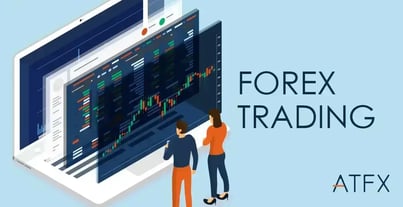
Tips for Beginner Online Traders
- Start Small: Only invest what you can afford to lose.
- Do Your Research: Learn about the different types of investments and how the market works.
- Have a Trading Plan: Set realistic goals and stick to your plan, even when the market is volatile.
- Do Not Get Emotional: Stay calm and make rational decisions.
- Take Breaks: Do not trade when you are tired or stressed.
Conclusion
Online trading can be a great way to make money, but it is important to know the risks involved. By following these tips, you can increase your chances of success in online trading.
Start Trading with Live Account
Elevate Your Trading Skills

